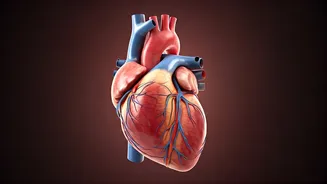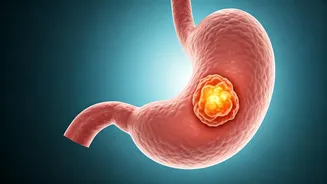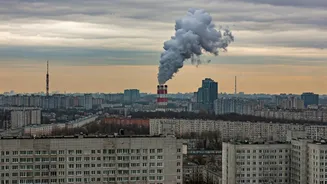Ethanol's Growing Concerns
The possibility of the EU classifying ethanol, a widely used chemical, as a potential cancer-causing agent has been flagged in recent reports. Ethanol,
also known as ethyl alcohol, is a key component in a range of products, most notably hand sanitizers. This potential shift reflects an ongoing review of the safety profiles of various chemicals commonly used in consumer goods and industrial applications. The classification, if implemented, might stem from scientific research suggesting that prolonged exposure or certain types of use could pose health risks. This potential move could force regulatory bodies and manufacturers to reassess the safety of products containing ethanol, especially regarding the levels of exposure consumers face regularly. The decision could also affect the production and availability of certain everyday items.
Sanitizer's Regulatory Impact
Hand sanitizers are a primary area of concern with this potential classification. The widespread usage of hand sanitizers, particularly in the wake of public health crises, has increased exposure to ethanol. If ethanol were reclassified, the regulations regarding its presence in these products would likely become stricter. This could mean changes in the permitted ethanol concentrations in sanitizers, along with the requirement for clearer warning labels. Manufacturers might need to reformulate their products, potentially leading to higher costs or the use of alternative substances. Consumers could see fewer product options, and possibly experience increased prices. This potential regulatory shift also underscores the dynamic nature of chemical safety assessments. As scientific understanding evolves, substances previously considered safe may face new scrutiny, impacting both manufacturers and consumers.
Broader Industry Impacts
Beyond hand sanitizers, ethanol is prevalent in a multitude of other products. It is used in cosmetics, cleaning supplies, and even certain industrial solvents. The proposed reclassification by the EU could have ripple effects throughout the chemical industry. Manufacturers in these sectors would also need to evaluate the safety of their products and potentially alter their formulations. This could necessitate new investment in research and development to find safer alternatives or improve manufacturing processes to limit exposure risks. The impact extends further to global trade, as the EU's regulatory decisions often influence international standards. Companies that export goods to the EU would need to ensure compliance, which could add to operational complexities and costs. Ultimately, the reclassification highlights a need for continuous evaluation of chemical safety.
Consumer Awareness and Options
A shift in ethanol’s classification would likely prompt increased consumer awareness about product ingredients. Consumers may become more mindful of the substances in the products they use and seek alternatives. Businesses would have to react to these altered consumer preferences by being more transparent in their production. This could involve clearly labeling the ethanol content in products and providing information about potential risks. Consumers may have more interest in researching products and understanding the ingredients they contain. They may also consider selecting products with different formulations. The potential impact of the reclassification thus highlights the interplay between regulation, consumer behavior, and market dynamics, leading to a more informed and health-conscious consumer base. This shift supports the need for further education on product choices.
The Future Outlook
The ultimate outcome of the EU's evaluation of ethanol remains uncertain. A decision to classify ethanol as a potential carcinogen would represent a significant step. It would reshape the chemical and consumer goods industries. The resulting changes could influence product formulations, manufacturing processes, and consumer preferences. The situation underscores the need for proactive engagement among regulators, manufacturers, and consumers. It highlights the importance of ongoing scientific research in understanding the health effects of chemicals. Transparency and open communication would be critical to ensure a smooth transition. Adapting to this potential change would need thorough assessment of the benefits and the risks associated with ethanol use. This ensures public safety and responsible industry practices.














